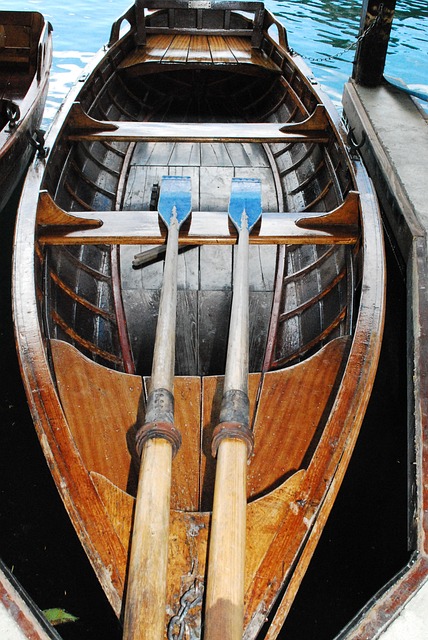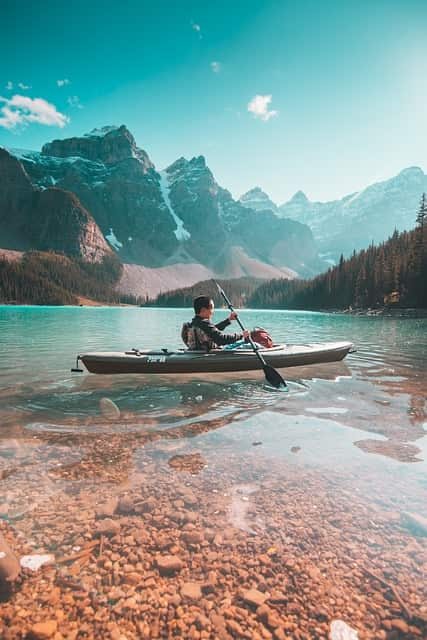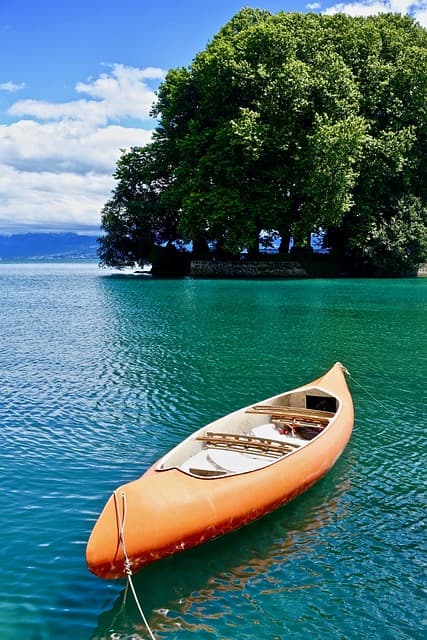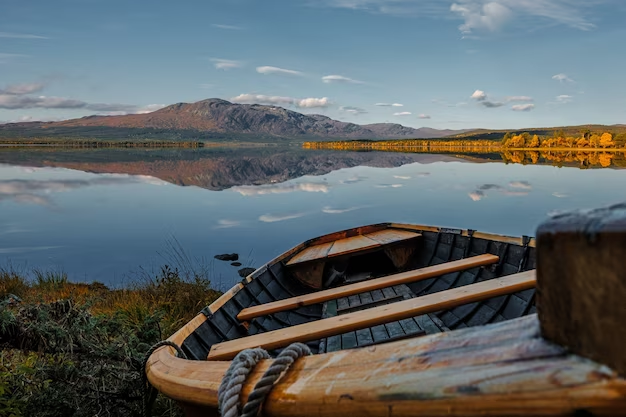When it comes to waterborne exploration, canoes have been a tried and true vessel for centuries. However, the traditional narrow canoe design has its limitations, particularly in terms of stability and cargo capacity. This is where wide canoes come into the picture, offering a different dimension of boating experience. In this article, we will delve into the world of wide canoes, exploring their benefits, design considerations, popular uses, and frequently asked questions.
The Benefits of Wide Canoes
Wide canoes, also known as wide-body canoes or beamy canoes, distinguish themselves from their traditional narrow counterparts through their broader hulls. This broader design provides several advantages that cater to both novice and experienced paddlers alike:
1. Enhanced Stability
Wide canoes are synonymous with exceptional stability. The hallmark of their design, the increased beam width, translates into an exceptionally steady platform. This remarkable stability renders wide canoes particularly appealing to a variety of individuals:
- Novice Paddlers: Those new to canoeing will appreciate the reassuring stability of wide canoes. The enhanced balance provides beginners with a secure and confident experience, allowing them to learn and practice paddling skills with ease;
- Families with Young Children: Families seeking to share outdoor adventures with their young ones will find wide canoes to be an ideal choice. The heightened stability ensures that children can move around without causing undue wobbling or anxiety;
- Paddlers Seeking Security: Individuals who value a sense of security on the water will embrace the stability provided by wide canoes. This feature allows paddlers to focus on their surroundings and enjoy the experience without worrying about tipping over.
2. Ample Cargo Space
The broader hull design of wide canoes translates into a spacious cargo capacity that is both functional and versatile. This expansive storage area proves beneficial for a multitude of scenarios:
- Extended Camping Trips: For those embarking on multi-day canoe camping trips, the generous cargo space accommodates tents, sleeping bags, cooking equipment, and other essentials;
- Fishing Expeditions: Anglers will find wide canoes to be excellent companions for fishing excursions. The ample storage easily accommodates fishing gear, tackle boxes, and freshly caught fish;
- Gear Transport: Whether embarking on a day trip or a longer journey, wide canoes provide the room needed to transport picnic supplies, personal belongings, and any equipment required for the adventure.
3. Comfort and Space
The expansive interior of wide canoes offers a level of comfort and space that is unmatched by their narrower counterparts. This comfort-enhancing feature is especially beneficial for a variety of scenarios:
- Seating Comfort: The broader interior layout of wide canoes enables paddlers to sit more comfortably. There is ample space to shift positions, stretch legs, and even adopt different sitting styles during the journey;
- Pet-Friendly Design: Wide canoes accommodate furry companions with ease. Paddlers can bring along their pets without compromising the canoe’s stability, allowing for enjoyable outings with the entire family.
4. Versatility
Wide canoes exhibit impressive versatility, making them suitable for a diverse range of water activities:
- Fishing: The stability and storage capacity of wide canoes make them well-suited for fishing trips. Anglers can maneuver comfortably while casting lines and reeling in catches;
- Recreational Paddling: Wide canoes offer a leisurely and enjoyable experience for paddlers seeking a relaxing day on the water. The stable design encourages stress-free exploration of lakes, rivers, and calm waters;
- Family Outings: Families can relish shared moments and create lasting memories with wide canoes. Parents can paddle with their children in comfort, and the added stability minimizes the chances of accidental tipping;
- Casual Races: Even in the realm of casual canoe races, wide canoes have their place. Their stability and maneuverability lend themselves well to friendly competitions among friends and enthusiasts.
5. Accessible for All Skill Levels
Wide canoes present an excellent option for individuals across all skill levels:
- Learning Curve: Novice paddlers will find wide canoes to be an approachable choice. The enhanced stability and forgiving nature of these canoes facilitate a quicker learning curve, allowing beginners to build confidence on the water;
- Skill Development: As paddlers progress and refine their canoeing skills, wide canoes continue to provide a comfortable and accommodating environment for honing techniques and exploring different paddling styles.
Design Considerations for Wide Canoes
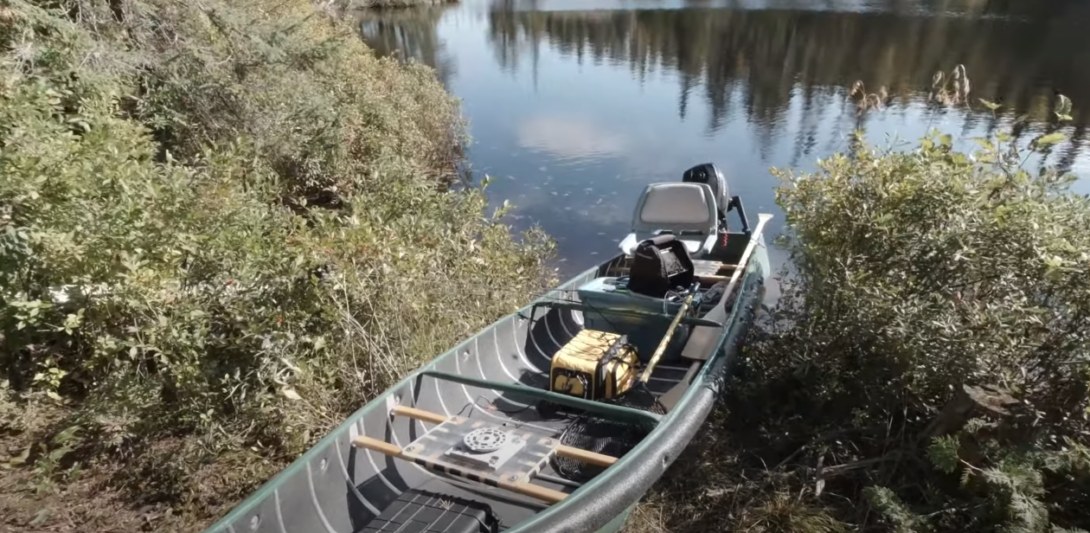
Designing a wide canoe involves balancing stability, performance, and aesthetics. Here are some key considerations:
1. Hull Shape
The hull design stands as the cornerstone of a wide canoe’s performance. Balancing stability with speed requires thoughtful design.
| Hull Shape Consideration | Description |
|---|---|
| Flatter Bottoms | Wide canoes often embrace flatter hull bottoms, prioritizing stability. This feature creates a secure platform, making them suitable for beginners and leisurely outings. However, flatter bottoms may lead to decreased speed and agility. |
| V-Shaped Hulls | Some wide canoe models incorporate a subtle V-shape. This design modification enhances tracking and speed, addressing the trade-off between stability and performance. The V-shape helps the canoe slice through the water with improved efficiency. |
2. Materials
Wide canoes come to life through various materials, each with its own set of advantages.
| Material | Advantages |
|---|---|
| Polyethylene | Durable and affordable.Can withstand impact and abrasion. Suitable for rugged water environments |
| Fiberglass | Balances strength and weightBetter performance in terms of speed and agilityFavored by experienced paddlers |
| Wood | Offers classic and elegant appearanceProvides unique craftsmanship and aestheticsRequires proper maintenance for longevity |
3. Seating Arrangement
The seating arrangement within wide canoes plays a significant role in enhancing the overall experience.
| Seating Arrangement | Description |
|---|---|
| Tandem Seating | Designed for tandem paddlingFront and rear seatingSuits families, friends, or partners |
| Centered Seat | Caters to solo paddlersPromotes balanced maneuveringAllows effective paddling from the middle |
4. Weight and Portability
Wide canoes’ increased volume often translates to greater weight, necessitating consideration of transportation and storage.
| Consideration | Description |
|---|---|
| Weight Management | Broader design leads to increased weightAssess ability to transport and handle canoeEspecially important for solo adventurers |
| Transportation | Roof racks or trailers may be necessarySome models require robust equipmentProper transportation ensures safety |
| Storage Space | Proper storage prolongs canoe lifespanPrevents unnecessary wear and tearConsider available storage options |
Popular Uses of Wide Canoes
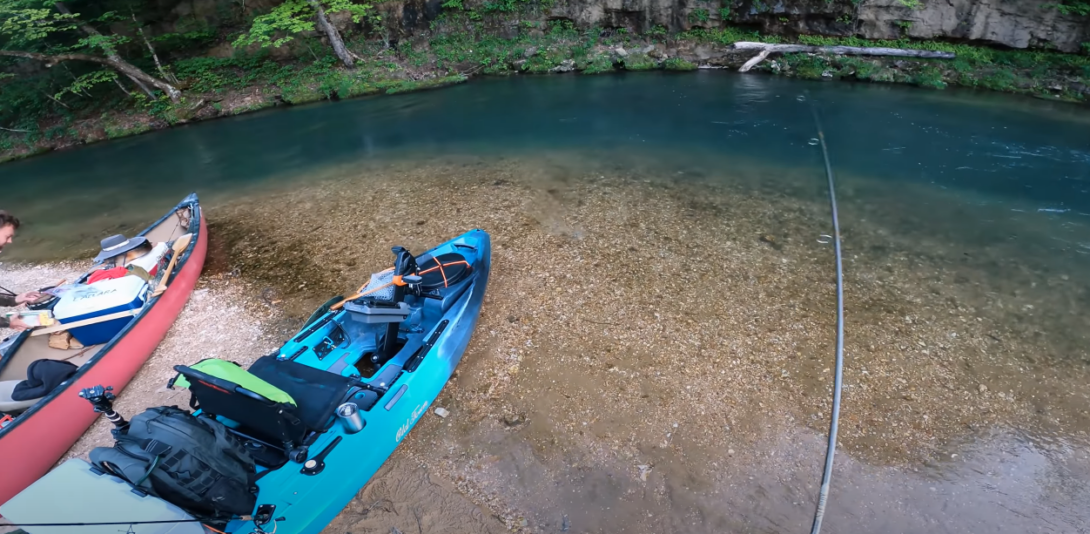
Wide canoes have found their place in a variety of water-based activities, owing to their stability and versatility. Here are some popular uses:
- Recreational Paddling: Leisurely outings on calm lakes, slow-moving rivers, and calm coastal waters are perfect opportunities to enjoy the comfort and stability of a wide canoe;
- Fishing Adventures: Anglers appreciate the steady platform provided by wide canoes. They can cast, reel in fish, and even stand up with confidence;
- Family Trips: Wide canoes accommodate families and groups, making them an excellent choice for shared adventures. Parents can relax knowing that the canoe’s stability reduces the risk of tipping;
- Camping Expeditions: Extended camping trips require ample gear storage. Wide canoes can carry tents, cooking equipment, and supplies, making them suitable for multi-day expeditions;
- Photography and Wildlife Observation: Photographers and nature enthusiasts benefit from the stability of wide canoes when trying to capture shots of wildlife and serene landscapes.
Conclusion
Wide canoes bring a new dimension to the world of watercraft, offering enhanced stability, ample cargo capacity, and versatile usage. Whether you’re a beginner looking for a secure paddling experience or an experienced adventurer seeking a comfortable platform for extended trips, wide canoes have something to offer. Their design considerations, uses, and benefits make them a valuable addition to the waterborne explorer’s arsenal. So, next time you’re planning a paddling adventure, consider the wide world of wide canoes for a stable and enjoyable experience on the water.
FAQ
Wide canoes do tend to sacrifice some speed for stability. However, advancements in design and materials have led to wide canoes that offer a balance between stability and performance.
Yes, many wide canoes are designed to be paddled solo. Look for models with a centered seating position for better control and balance.
Transporting a wide canoe might require a larger roof rack or a trailer due to its broader dimensions. Ensure you have the necessary equipment to safely secure and transport the canoe.
While wide canoes are generally not recommended for advanced whitewater paddling, they can handle mild whitewater and slow-moving rivers. Always consider the specific design and construction of the canoe before attempting whitewater trips.
Generally, wide canoes offer greater initial stability than most kayaks due to their broader hulls. However, kayaks can provide excellent secondary stability through their narrower profiles.
